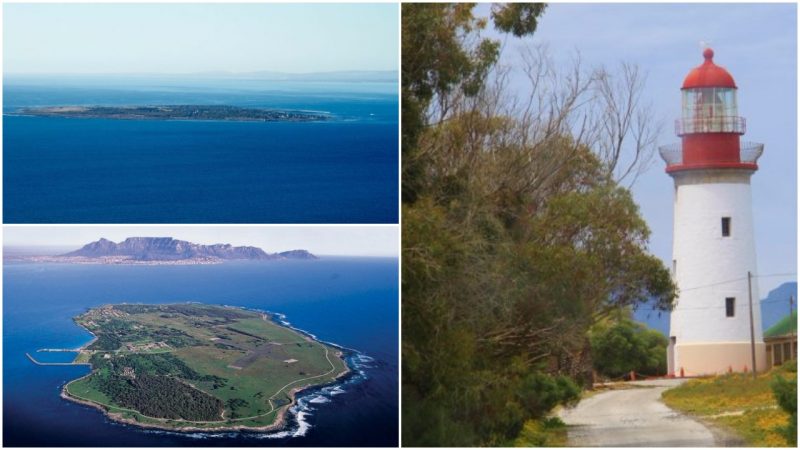Robben Island is located in Table Bay in the Atlantic Ocean, a natural bay on the southwest coast of South Africa, overlooked by Cape Town. It is a natural island, oval in shape, 3.3 km long and 1.9 km wide. It is very flat and only a couple of meters above sea level.
Due to its shape and height, the island has often been an obstacle to passing ships and has been a site of many shipwrecks and accidents. Although it is not particularly large, there is a shallow seabed for 9 square nautical miles around Robben Island (about 17 square kilometers).
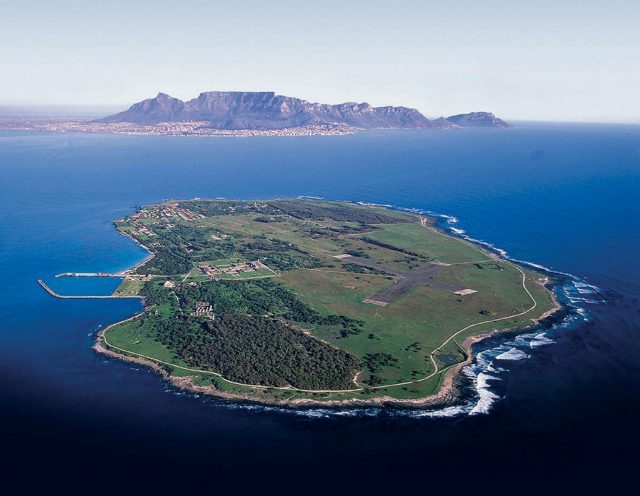
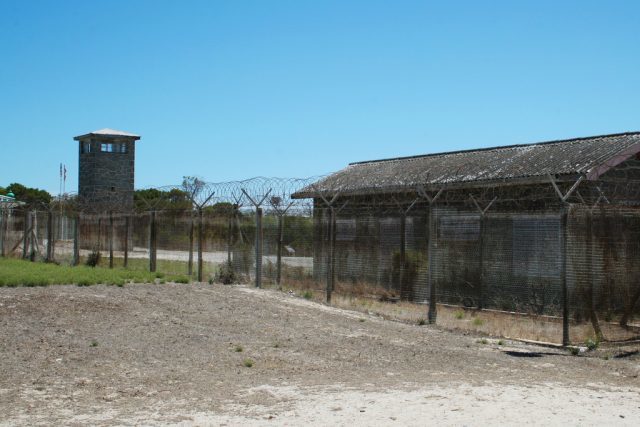
This position of the island called for some precautionary measures. The first Dutch colonial administrator in Cape Town, in the 1650s, ordered a massive fire to be lit at night on top of the highest hill on the island. In 1865, the Robben Island lighthouse, a cylindrical 18 meters high tower with an attached keeper’s house at its base, was built on Minto Hill. In 1938, the lamp was converted to electricity.
Ever since the 17th century, Robben Island has been used for the isolation of people, particularly political prisoners. The Dutch imprisoned royalty from their various colonies in Africa and Indonesia was left there. When the British took over power from the Dutch, they used the island again as a prison for the great African warrior and prophet and the leader of the movement against the British, Makanda Nxele.
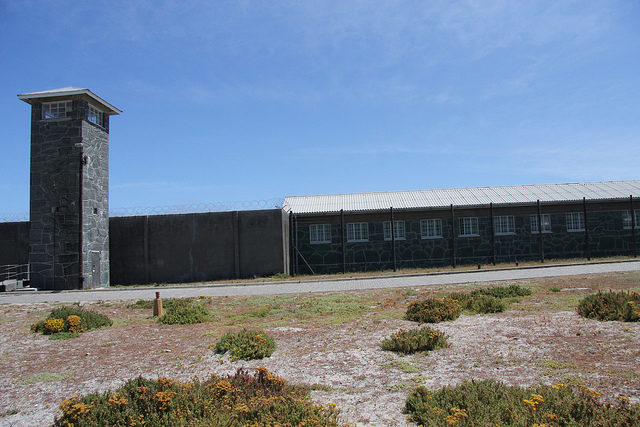
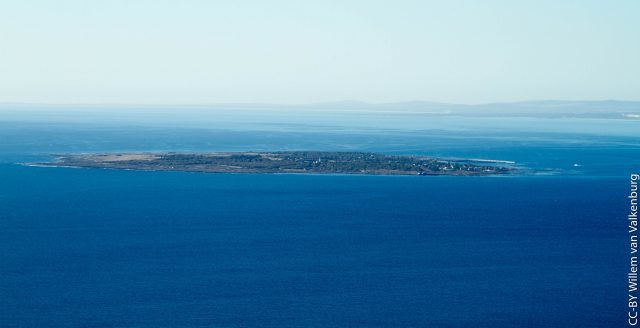
The island was also used as a leper colony from 1845 when lepers from another colony were moved there. At first, this was done on a voluntary basis, and the lepers were free to leave the island if they wanted.
Around 25 lepers per year were admitted during this time, but everything changed after 1892. Admission was no longer voluntarily, and in that year, 338 people joined the colony.
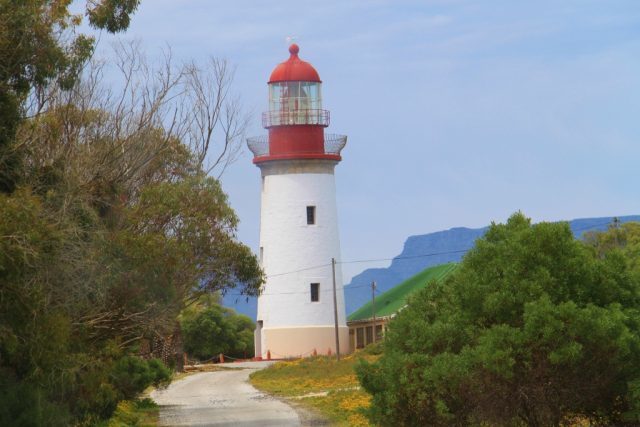
From 1961, the island was used as a prison for political prisoners by the government of South Africa. Three inmates from this period would later become presidents of South Africa, including the great Nobel Laureate, Nelson Mandela. The maximum security prison for political prisoners was closed in 1991. Five years later, followed the medium security prison.
Read another story from us: Okunoshima: The dark story behind Japan’s “Rabbit Island”
Following the end of the Apartheid, the island has been made a World Heritage Site and thousands of tourists visit it every year. It is open all year long, and a ferry from Cape Town runs every day for organized tours in the former prison.
